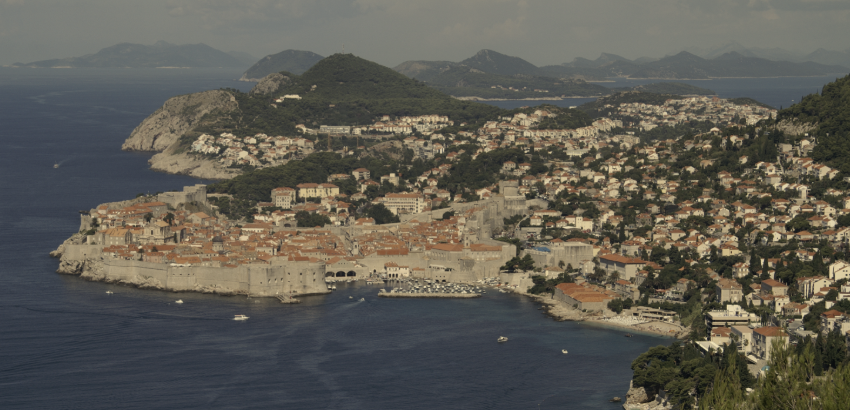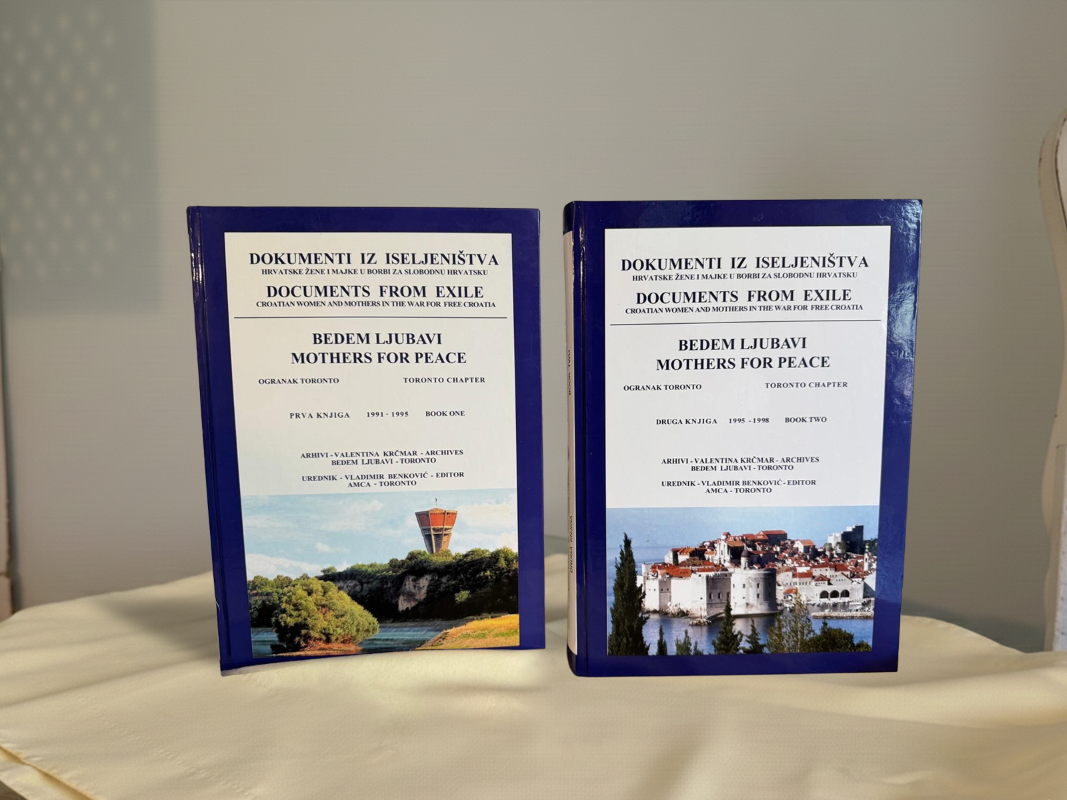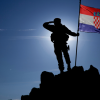
By 1993, Croatia’s Homeland War had entered a new stage. After two years of defense, the Croatian Army began a series of operations aimed at regaining territory that remained under occupation. The year saw significant progress on the battlefield, as well as growing international attention to the complex situation in the region.
January 22–25 – Operation Maslenica
The Croatian Army (HV) launched Operation Maslenica in northern Dalmatia and Lika, seeking to reconnect the country’s north and south by land. Within days, Croatian forces restored control over key positions near Zadar, including the Maslenica Bridge and surrounding areas.
The operation was seen domestically as a major step in re-establishing territorial integrity and improving morale after a long defensive period. It also drew international scrutiny because it took place during an ongoing ceasefire, highlighting the fragile balance between diplomacy and defense efforts.
Context and Significance
The events of 1993 reflected Croatia’s transition from defense to strategic military operations designed to restore control over its national territory. These operations, though challenging diplomatically, marked an important step toward eventual peace and the full reintegration of occupied regions.




